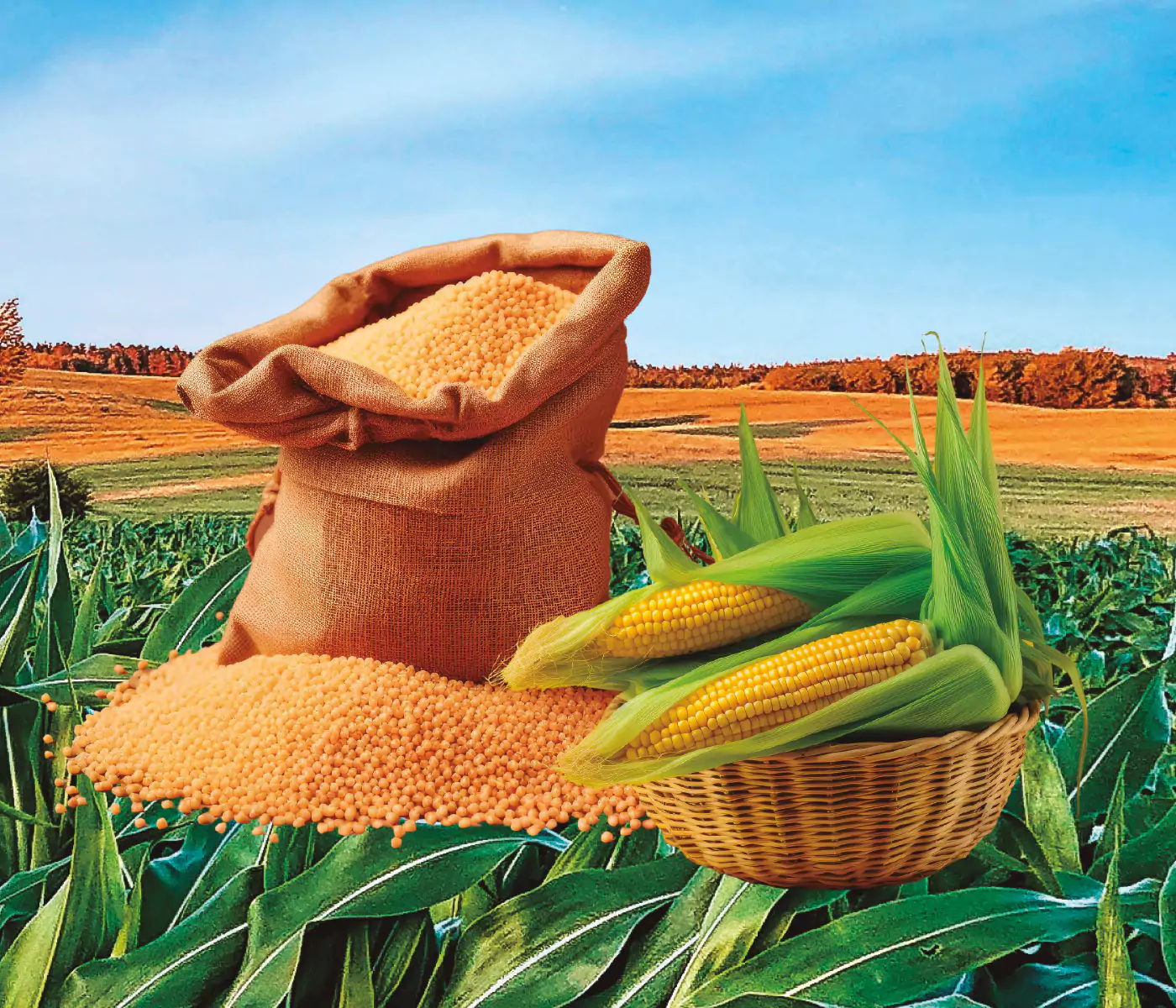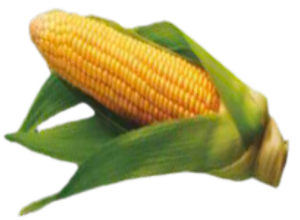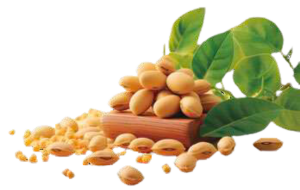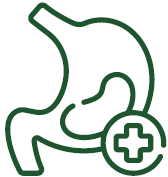 27 Jul 2024
27 Jul 2024
Currently, animal feed expenses account for about 70% of production costs in livestock operations.
The costs of animal nutrition are primarily driven by the prices of corn and soybean meal, which are the main sources of energy and protein for animal diets, respectively.
 Corn, the primary energy ingredient in animal feed, is notable for its resilience, short growing cycle, and traditional global cultivation.
Corn, the primary energy ingredient in animal feed, is notable for its resilience, short growing cycle, and traditional global cultivation.
Due to its accessibility and high nutritional value, corn is widely used in animal nutrition, with increasing use in human diets and biofuel production.
 Soybean production also plays a critical role in animal nutrition. Through the process of extracting oil from soybeans, two important by-products are generated: soybean hulls and soybean meal.
Soybean production also plays a critical role in animal nutrition. Through the process of extracting oil from soybeans, two important by-products are generated: soybean hulls and soybean meal.
While soybean hulls are widely used in ruminant feed as a substitute for corn, soybean meal is considered the most traditional and complete protein ingredient for animal nutrition, suitable for both ruminants and non-ruminants.
However, when the prices of these base products are high, production costs become more burdensome, especially for poultry and swine diets.
 Among the most significant causes of price increases for corn and soybean meal are off-season periods, climatic issues, pest and disease outbreaks, growth in imports and internal demand, and concurrent increases in the prices of inputs and fuels.
Among the most significant causes of price increases for corn and soybean meal are off-season periods, climatic issues, pest and disease outbreaks, growth in imports and internal demand, and concurrent increases in the prices of inputs and fuels.
 The search for non-traditional feed ingredients is an alternative to reduce nutrition costs. However, it is essential to consider the variability in the nutritional composition of each feed to provide a cheaper diet that is correctly balanced and meets the nutritional requirements of animals without causing nutritional disturbances.
The search for non-traditional feed ingredients is an alternative to reduce nutrition costs. However, it is essential to consider the variability in the nutritional composition of each feed to provide a cheaper diet that is correctly balanced and meets the nutritional requirements of animals without causing nutritional disturbances.
| Therefore, this text aims to analyze the main criteria that should guide the choice of alternative feed ingredients to replace corn and soybean meal in animal nutrition. |
ALTERNATIVE FEED INGREDIENTS
[register] Alternative feed ingredients are defined as ingredients available in a given region that have a good nutritional profile, are well-accepted, have a lower market value compared to traditional feeds, and, most importantly, do not harm the health, well-being, and production of animals. In summary, a nutritious diet at an affordable cost.
![]() Corn is the main energy concentrate used in animal feed. However, other products such as millet, sorghum, rice bran, and wheat bran are alternative options for dietary inclusion.
Corn is the main energy concentrate used in animal feed. However, other products such as millet, sorghum, rice bran, and wheat bran are alternative options for dietary inclusion.
![]() Similarly, soybean meal is the main protein concentrate used in animal nutrition and can be partially replaced by flours, sunflower meal, peanut meal, among various other foods.
Similarly, soybean meal is the main protein concentrate used in animal nutrition and can be partially replaced by flours, sunflower meal, peanut meal, among various other foods.
Identifying regionally available feedstuffs has been an alternative route for producers seeking cheaper sources to enhance animal diets.

Thus, co-products generated in agro-industries have been acquired at more affordable prices, becoming financially viable alternatives. Besides improving producers’ profit margins, these products have significant nutritional quality.
 Biodiesel production in Brazil has grown significantly, increasing the generation of co-products (cakes and meals). The most common co-products from biodiesel production are cottonseed meal, peanut meal, and sunflower meal.
Biodiesel production in Brazil has grown significantly, increasing the generation of co-products (cakes and meals). The most common co-products from biodiesel production are cottonseed meal, peanut meal, and sunflower meal.
| These ingredients are not important for the petroleum industry but have good nutritional characteristics that encourage their use in animal feed. |
 Corn ethanol is also a very positive biofuel for the alcohol industry, allowing plants to continue processing the grain during the sugarcane off-season.
Corn ethanol is also a very positive biofuel for the alcohol industry, allowing plants to continue processing the grain during the sugarcane off-season.
Additionally, distillers will have by-products such as DDG (dried distillers grain) and WDG (wet distillers grain) available for sale, which are increasingly used in animal feed.
IMPACTS OF FEED COSTS
Corn and soybean meal are the main components of animal feed, with corn accounting for around 60% of the ingredients used.
As Brazil is the world’s largest soybean producer and the largest global corn exporter, any change in the volume of grains produced in the country directly impacts commodity prices both in the domestic and international markets.
These products undergo constant adjustments, and when increasing, they raise concerns for producers involved in animal farming. For poultry and swine farming, the economic difficulties related to these fluctuations are more significant since their diets heavily depend on grains.

UTILIZATION OF ALTERNATIVE FEED INGREDIENTS IN ANIMAL NUTRITION
 The use of alternative feed ingredients will depend on the species and/or production stage. Some species can completely replace conventional feed in their diets without affecting production, while others have greater or lesser limitations due to the chemical composition, which can affect digestion capacity, microbial symbiosis, different digestive anatomy, or limitations related to anti-nutritional factors.
The use of alternative feed ingredients will depend on the species and/or production stage. Some species can completely replace conventional feed in their diets without affecting production, while others have greater or lesser limitations due to the chemical composition, which can affect digestion capacity, microbial symbiosis, different digestive anatomy, or limitations related to anti-nutritional factors.
Some limitations will be addressed throughout the text with the characterization of the feed and its utilization by animals.
 Some technologies have been developed to maximize the use of alternative ingredients, including genetic improvement of grains (reducing or eliminating anti-nutritional factors), precise definition of bromatological compositions, use of crystalline amino acids to correct identified nutritional variations, and use of enzymes, focusing on reducing anti-nutritional factors.
Some technologies have been developed to maximize the use of alternative ingredients, including genetic improvement of grains (reducing or eliminating anti-nutritional factors), precise definition of bromatological compositions, use of crystalline amino acids to correct identified nutritional variations, and use of enzymes, focusing on reducing anti-nutritional factors.


It is worth noting that, for poultry and swine, we have national tables with the composition of feed and nutritional requirements, providing data for various feeds, both traditional and alternative, making it possible to balance more precise and cheaper diets with non-conventional ingredients.
Additionally, many other studies serve as references for nutritionists.
References available upon request. [/register]
Subscribe now to the technical magazine of animal nutrition
AUTHORS

Nutritional Interventions to Improve Fertility in Male Broiler Breeders
Edgar Oviedo
The Use of Organic Acids in Poultry: A Natural Path to Health and Productivity
M. Naeem
Synergistic Benefits of Prebiotics and Probiotics in Poultry, Swine, and Cattle
Gustavo Adolfo Quintana-Ospina
Hybrid Rye Potential in Laying Hen Feed Rations
Gwendolyn Jones
A day in the life of phosphorus in pigs: Part I
Rafael Duran Giménez-Rico
Use of enzymes in diets for ruminants
Braulio de la Calle Campos
Minerals and Hoof Health in the Pregnant Sow
Juan Gabriel Espino
Impact of Oxidized Fats on Swine Reproduction and Offspring
Maria Alejandra Perez Alvarado